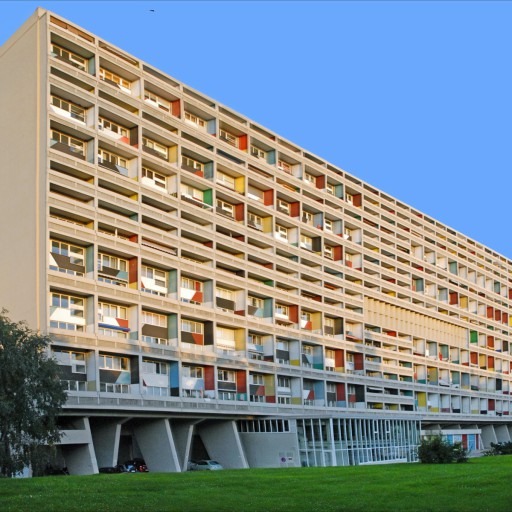Lack of flexibility in urban furniture is (almost) a thing of the past. Now we get to have a say in how we use furniture in public spaces. Gone are the days of anchored benches and fixed planters. Sounds like a fantasy, right? We promise it’s not. Here are five examples that will show you adaptable urban furniture is already a reality.
“Modulit”: design your own space
Architecture students at Catalunya International University wanted to make it easier for people to actively participate in designing public spaces around their needs.
This is the philosophy behind Modulit, an urban design project featuring modular and accessible pieces. The prototype features an irregular pentagon made up of a number of pieces that allow for several different combinations. Each piece has several different uses: stool, bench, table, or planter.
?‘Modulit’ s’erigeix com a proposta guanyadora de la XXV edició del #TallerVertical.
Es tracta d’un sistema de mobiliari urbà modular i versàtil que busca implicar els ciutadans en la configuració de l’espai urbà.
Col·laboren: @CSC_Consorci @santacolehttps://t.co/mX5l8wHL15 pic.twitter.com/AOWJJrBfQH
— Architecture UIC (@ArchitectureUIC) September 10, 2021
SimpliSeat: choose how to sit
The SimpliSeat project is a collection of modular wooden pieces, an industrial design by Maksim Shniak that adapts to different situations depending on what’s required or the experience we want people to have. These wooden benches allow you to decide how and where you are going to sit.
Ver esta publicación en Instagram
A chair in the shape of a tulip
Marco Manders was inspired by the rain when designing the Tulip chair, specifically the discomfort of sitting on a wet bench after it rains.
The tulip-shaped chair closes when it’s not being used, which keeps the seat dry and clean. It also turns, meaning the user can choose which direction they want to face while they sit.
Ver esta publicación en Instagram
“Archipiélago”: an interactive garden
Artist Jerónimo Hagerman studies how human beings interact with nature through his plant projects. His Archipiélago piece allows people to interact with the space and create their own social dynamics.
The piece is made up of twenty movable hexagons in three different sizes. The fact that they can moved around means you can create different shapes. According to the creator, the most important factor is “what happens when people use it to rest, socialise, or pass the time”.
Ver esta publicación en Instagram
Temporary parking spaces for bikes
Why occupy a public space if there’s no need to do so? Gottlieb Paludan Architects has designed a solution that allows for the creation of bike parking lots where and when they are required, such as around schools during the school year. The project was designed to create temporary parking zones in Frederiksberg, Denmark in order to avoid saturating urban spaces.
Ver esta publicación en Instagram




